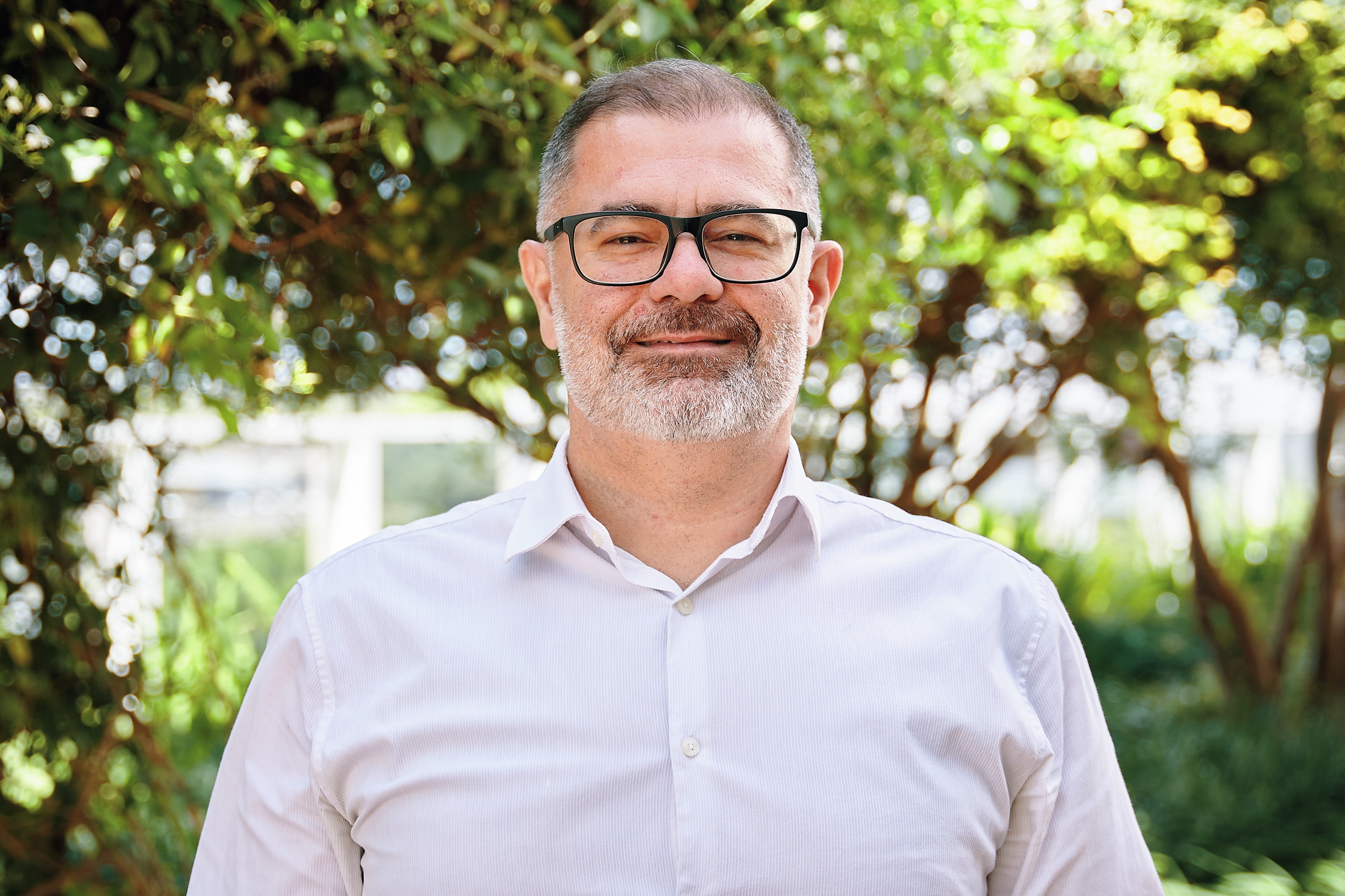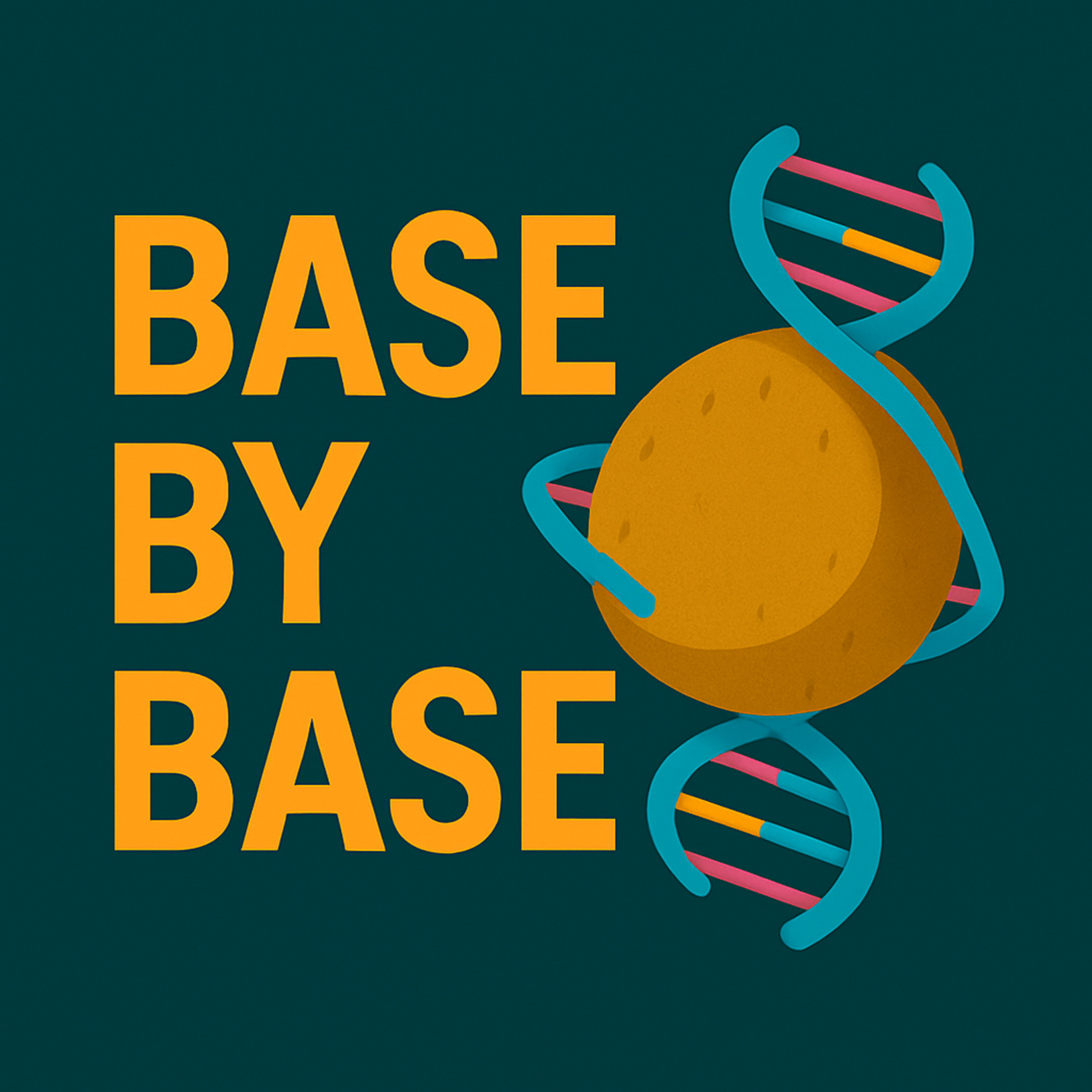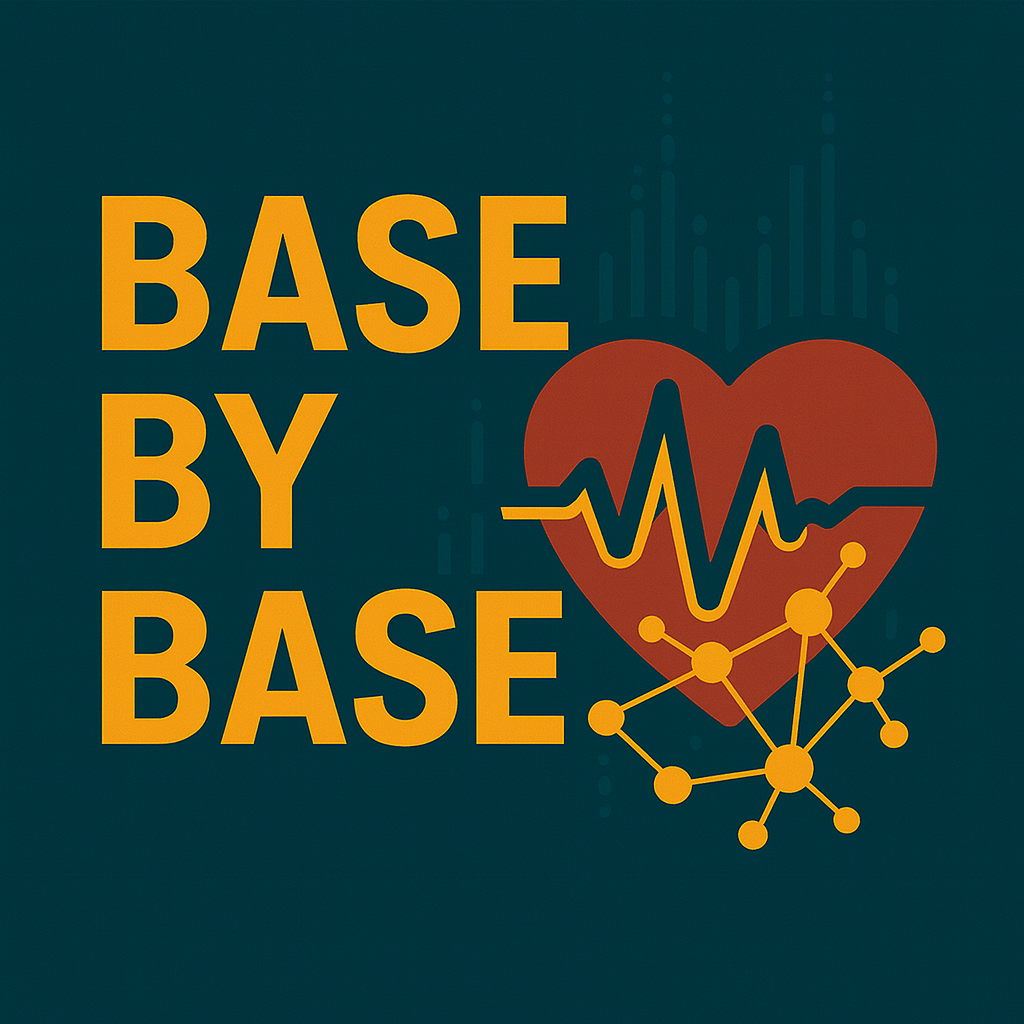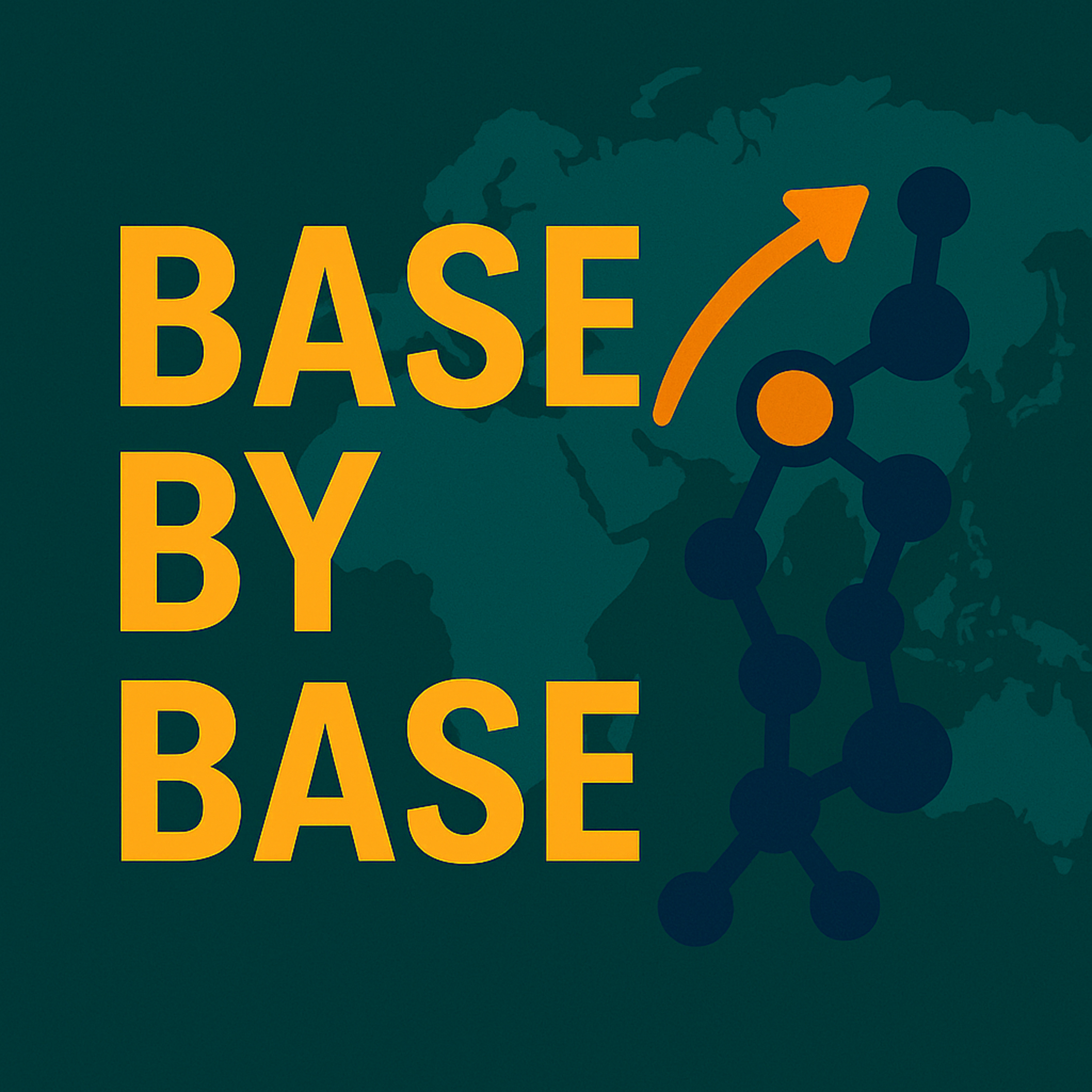Show Notes
️ Episode 49: Chitin as a Reservoir for Horizontal Gene Transfer — Environmental DNA Adsorption and Natural Transformation in Vibrio cholerae
In this episode of Base by Base, we explore the study by Holt et al. (2025) in Proceedings of the National Academy of Sciences, which uncovers how extracellular DNA from the marine environment binds to chitin surfaces and becomes accessible to Vibrio cholerae for natural transformation. Through the use of microfluidic flow chambers mimicking realistic ocean conditions and high-resolution confocal microscopy, the authors reveal that chitin particles act as hotspots for horizontal gene transfer, offering new insights into microbial evolution in aquatic ecosystems.
Study highlights: Under a continuous flow of artificial seawater supplemented with trace amounts of fluorescently labeled DNA, chitin flakes rapidly accumulate DNA on their outer surfaces, as quantified by fluorescence intensity heatmaps and surface-area–normalized measurements. Following a rigorous wash step that removes unbound DNA from the bulk medium, V. cholerae reporter strains carrying a repairable GFP construct integrate chitin-bound DNA and form GFP-positive transformants within 48 hours, demonstrating retrieval of surface-adsorbed DNA for recombination. The retraction ATPase PilU is shown to be indispensable for efficient natural transformation on chitin-bound substrates, whereas deletion of PilU has no effect when DNA is freely soluble, highlighting a biophysical requirement for pilus-mediated force in accessing immobilized genetic material. Remarkably, transformation frequencies on chitin are comparable to those observed with free DNA in liquid culture, underscoring the ecological significance of chitin particles as reservoirs of genetic diversity.
Conclusion: Holt et al. establish a novel paradigm in which chitin surfaces in marine habitats concentrate environmental DNA and enable pilus-dependent natural transformation, shaping the genetic landscape of V. cholerae and potentially other chitin-associated microbes. This mechanism illuminates how environmental biomaterials drive horizontal gene transfer and may inform strategies to predict and mitigate the emergence of new pathogenic variants.
Reference: Holt, J. D., Peng, Y., Dalia, T. N., Dalia, A. B., & Nadell, C. D. (2025). Environmental DNA adsorption to chitin can promote horizontal gene transfer by natural transformation. PNAS, 122(22), e2420708122. https://doi.org/10.1073/pnas.2420708122
License: This episode is based on an open access article published under the Creative Commons Attribution 4.0 International license (CC BY 4.0) – https://creativecommons.org/licenses/by/4.0/




